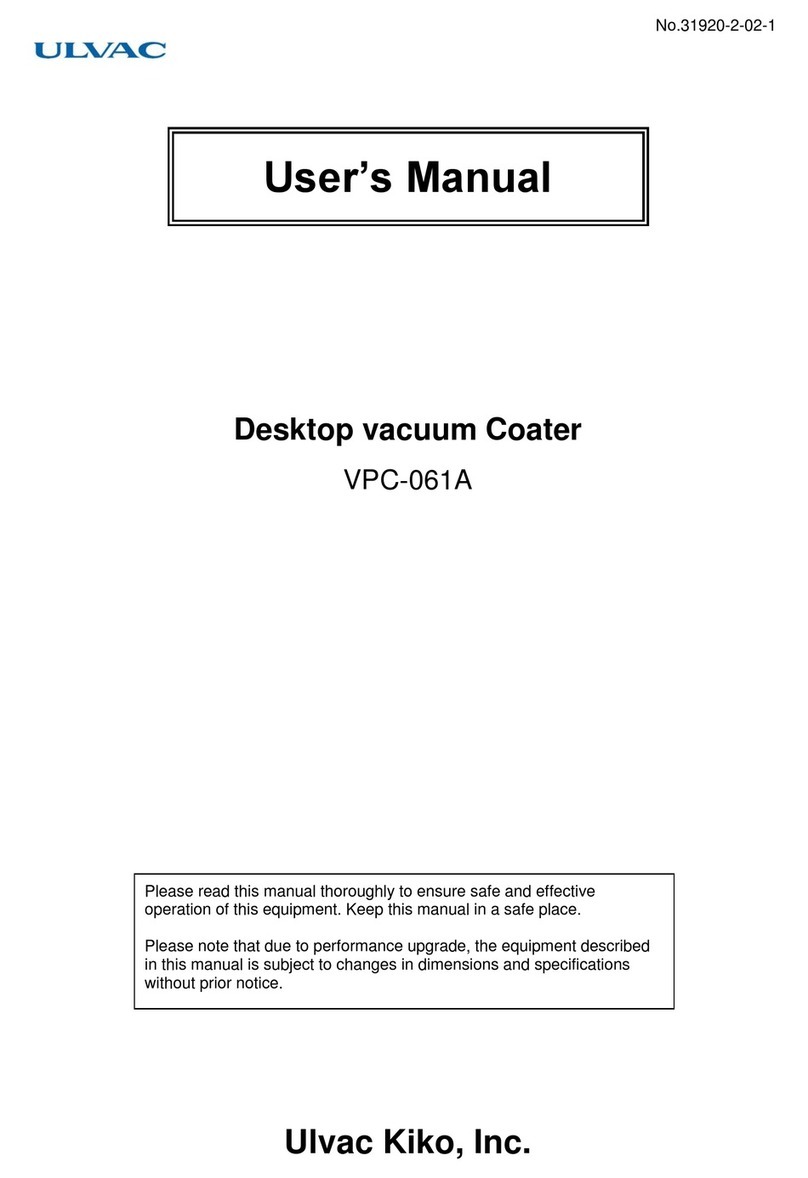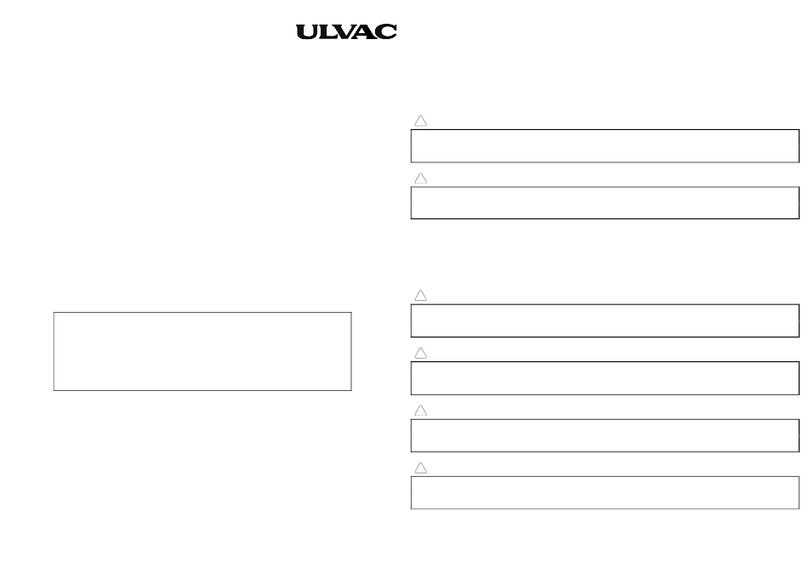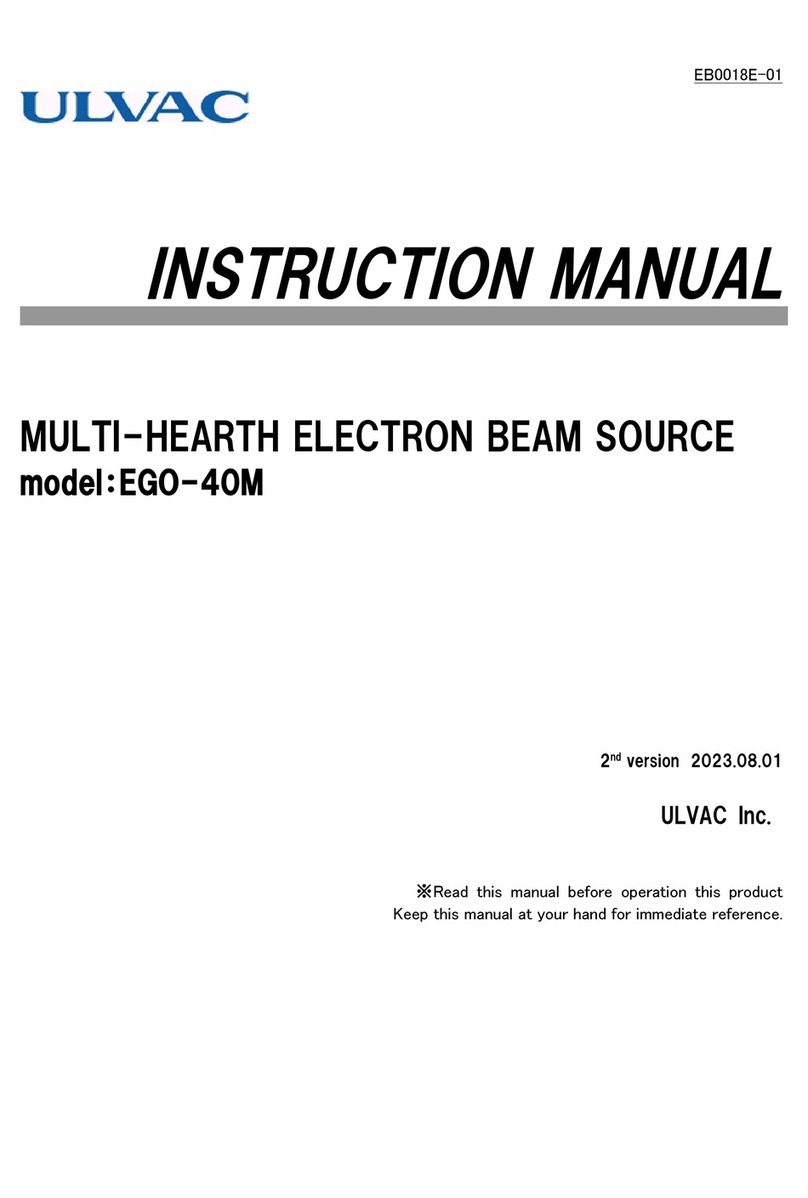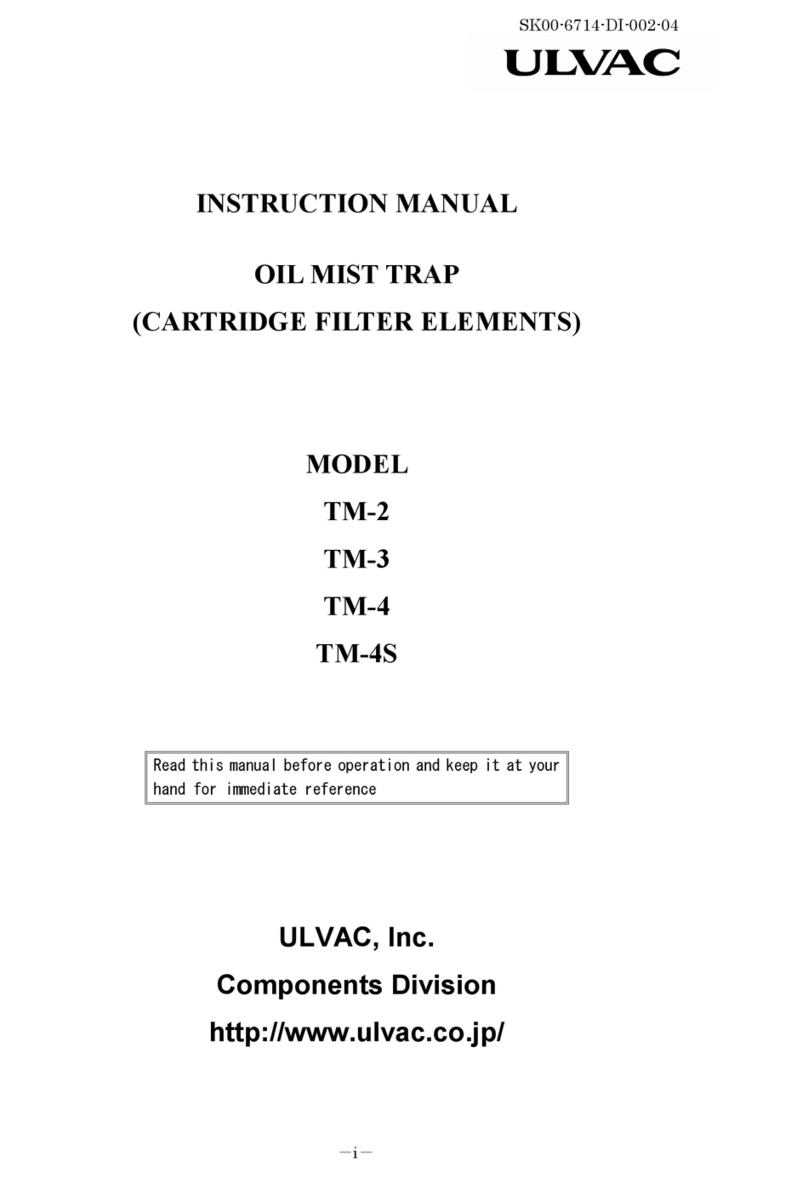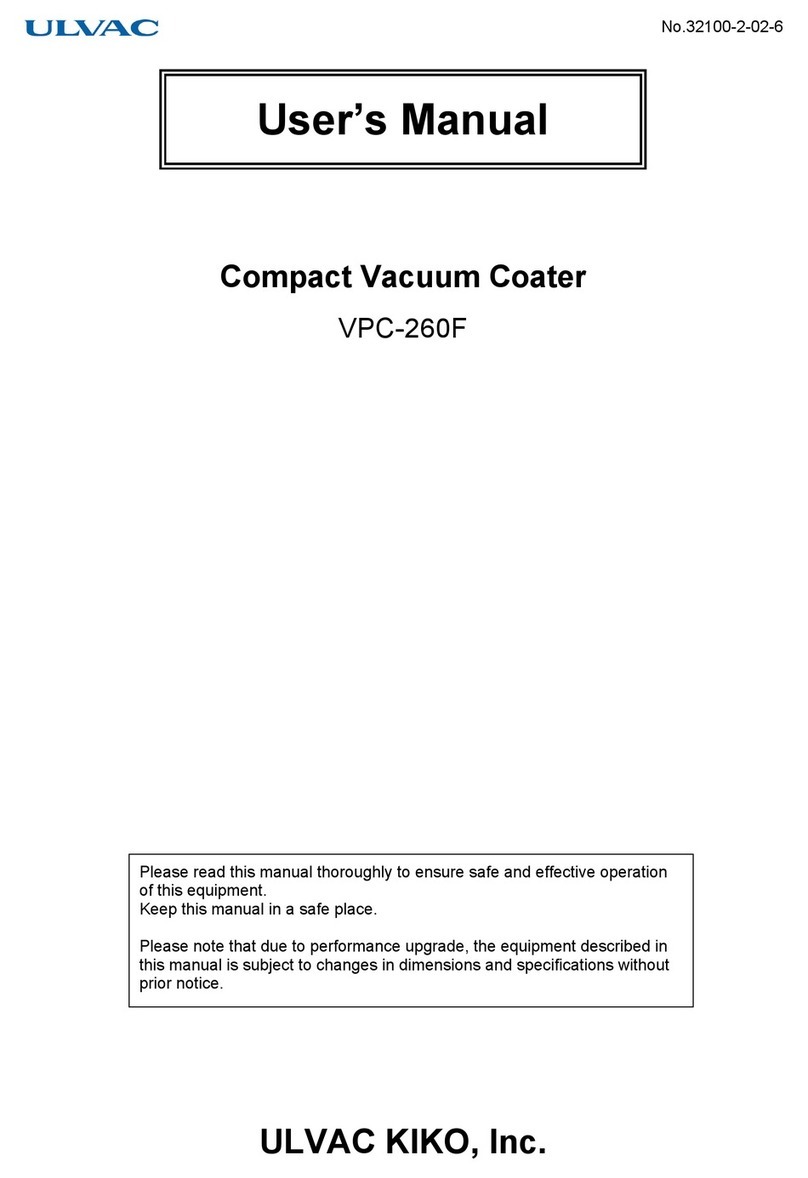(1) The warranty for this equipment extends for a period of one year from the date of shipment.
(2) Any malfunctions or defects which occur under normal usage conditions during the warranty period will
be repaired free of charge.
Note, the warranty stated here is an individual warranty covering this equipment. In addition, the scope of
the warranty coverage concerning repairs is limited to the repair and/or replacement of parts.
Normal usage conditions refers to the following:
a) Ambient temperature and humidity during operation: 8 - 30°C, below 85% RH
b) Operation in accordance with the user manual
(3) Repair fees will incur during the warranty period for the following cases:
a) Malfunctions due to a natural disaster, terrestrial upheaval or fire.
b) Malfunctions caused by special atmospheric conditions, such as salt damage, inflammable gas,
corrosive gas, radiation or pollution.
c) Malfunctions caused by usage conditions that differ from those noted in the user manual (performance
specifications, maintenance and inspection, etc.).
d) Malfunctions caused by modification or repair that is carried out by a party other than the
manufacturer, or by a service company not approved by the manufacturer.
e) Malfunctions caused by noise (electric disturbance).
f ) Malfunctions that occur when not using a rated power supply.
g) Malfunctions that occur when there is an abnormal rise in internal pressure, due to the pump exhaust
outlet being blocked during operation, etc.
h) Malfunctions that occur when the pump is damaged, as a result of being dropped or falling, etc.
i) Malfunctions determined by the manufacturer’s technical personnel to be caused by conditions that do
not comply with the usage conditions for this vacuum pump (this equipment).
j) Consumables.
(4) Disclaimer
a) We shall not be liable for any malfunctions of our products caused by the customer, regardless if the
malfunction falls within the warranty period, nor be liable for any loss of opportunity for the customer’s
clients or for compensation of any damages to other products, labor costs, production loss, transportation
expenses and other related work.
b) We shall not be liable for any secondary damages that occur for the customer due to filed claims and
patent infringements of a third party.



